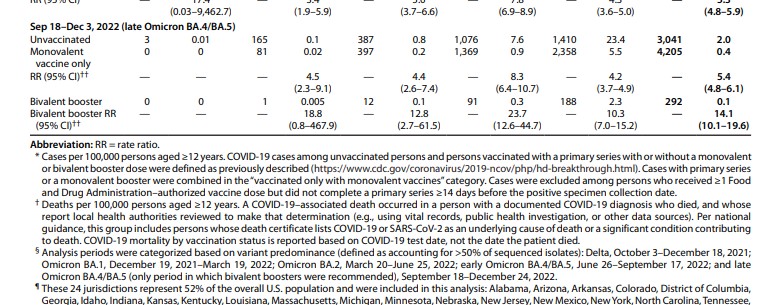NO, Florida did NOT sign off on forced isolation or quarantine and mandatory vaccination of the new SB 2006 bill. I'm going to explain and correct a false rumor going around based on a misunderstanding at how these bills are written.
1/2
1/2
SB 2006 is the emergency powers bill that was signed into law on May 3 by @GovRonDeSantis. It is commonly known publicly as the bill that ban vaccine passports in schools, businesses, and by Florida public agencies, though it also limits emergency powers.
2/3
2/3
The controversy begins when someone noticed the following text in SB 2006, p. 39, lines 1007-1111 of the text, "if the individual poses a danger to the public health, the State Health Officer may subject the individual to isolation or quarantine..."
This is not new text.
3/4
This is not new text.
3/4

When we expand the page down a few more lines, see how a small amount of text is stricken on lines 1113 and 1115? This is because any section of a law that is expanded, edited, or revised, the previous text is included to show how it will look if updated in law.
4/5
4/5

Let's take another example of text that was added to section Section 381.00316. This portion is underlined. This denotes 381.00316 is ADDING new text to existing law. This is confirmed at the bottom of the image: "words stricken are deletions; words underlined are additions"
5/6
5/6

When we look up 381.0315 in 2020 FL statutes, where the text of "if the individual poses" is found, it's 381.0315(4)(b).
At the bottom of the section in "history" we find s. 2, ch. 2002-269. This means the controversial text was actually passed as the 269th law in 2002.
6/7
At the bottom of the section in "history" we find s. 2, ch. 2002-269. This means the controversial text was actually passed as the 269th law in 2002.
6/7

We can confirm this by looking at laws passed in 2002 in Florida.
Here is a link to Law 2002-269, which was signed into law by Gov. Jeb Bush on May 23, 2002.
laws.flrules.org/files/Ch_2002-…
7/8
Here is a link to Law 2002-269, which was signed into law by Gov. Jeb Bush on May 23, 2002.
laws.flrules.org/files/Ch_2002-…
7/8

So once this bill gets to the Governor, he has two choices: veto the bill, where this existing 20-year old law would still be in effect but vaccine passports would be legal, or sign the bill, which doesn't change the narrow law but does ban passports and limit orders.
8/9
8/9
Bottom line is the law already existed. It's a bad law, though it's said to be a narrow one that wouldn't be widely applied in a COVID-like situation in the future. But more specifically, this was not a new law. It is old text that appears in a section being revised.
/End
/End
• • •
Missing some Tweet in this thread? You can try to
force a refresh







